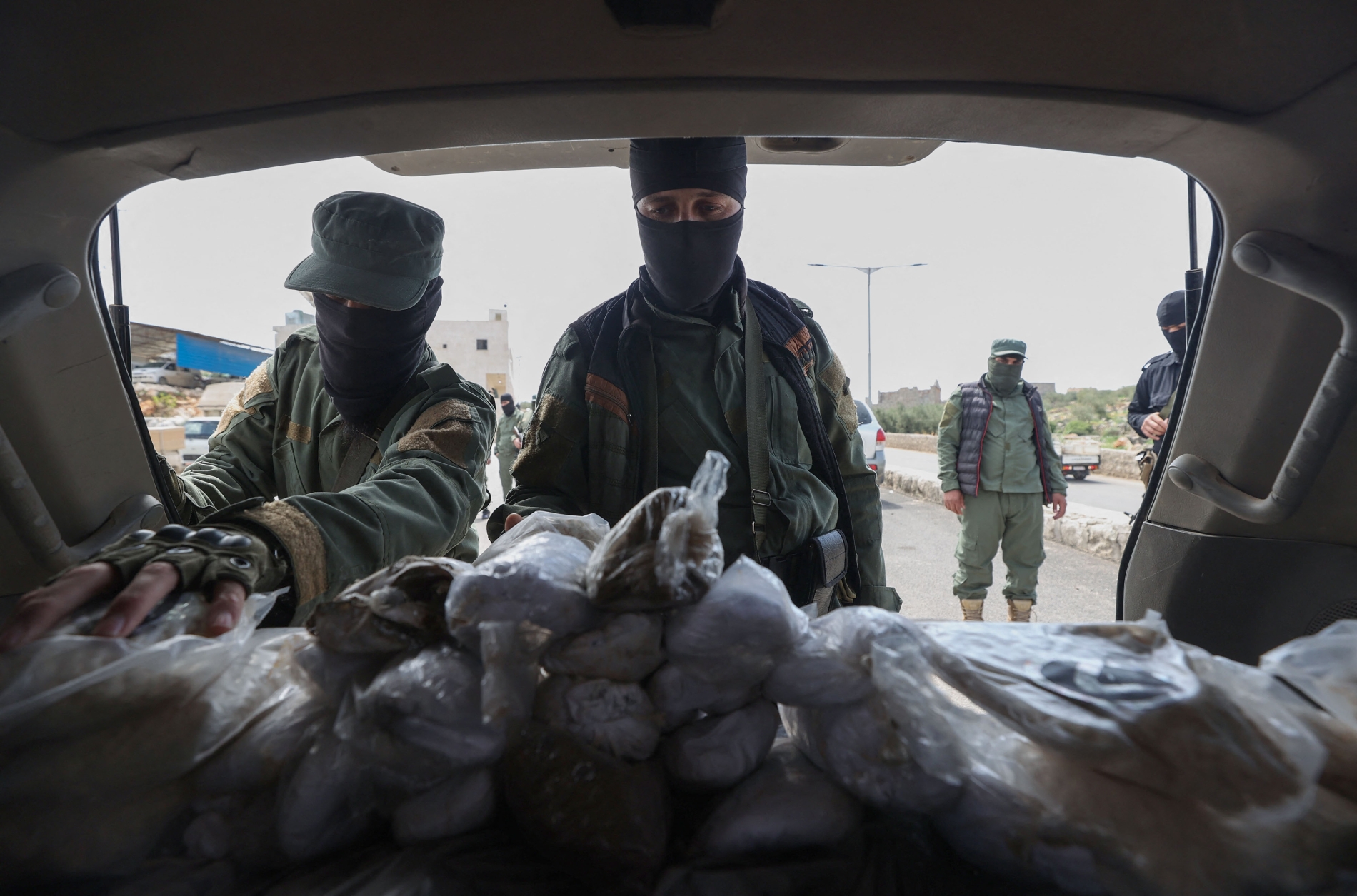The fall of the Assad regime in December 2024 was met with widespread relief—not only among Syrians but among regional actors eager to move past its destabilising, state-backed criminal enterprises. Hopes were highest that Syria’s trade in Captagon—the highly addictive drug that, under al-Assad, flooded regional markets via Jordan—would come to an end.
Yet, despite some improvements, the reality of the post-Assad era has fallen short of expectations. Frequent anti-smuggling operations by Jordanian authorities—most recently reported on 7 May—highlight the persistence of the problem.
While the regime’s collapse has disrupted state-sponsored drug trade, it has not put an end to narcotics trafficking. This persistence reflects traffickers’ ability to adapt, taking advantage of porous borders and sustained regional demand. Without a comprehensive strategy to tackle these underlying drivers, drug smuggling will likely remain deeply entrenched in Syria’s post-Assad landscape.
According to data from the Syrian organisation Etana, at least 25 cross-border smuggling attempts into Jordan were recorded between Assad’s departure on 8 December and mid-January. While there are no figures for subsequent attempts, a review of recent media reports suggests that the pattern has remained consistent. Although lower than the 65 attempts recorded during the same period in 2023–2024, the ongoing activity highlights the enduring resilience of Syria’s trafficking networks.

Resilient networks
The resilience of these networks is unsurprising given their ability to adapt quickly. Despite losing state protection, Syria’s traffickers have swiftly exploited the power vacuum left by the regime’s fall. Taking advantage of weak security control, they have relocated drug-related assets to safeguard their Captagon production equipment and stockpiled supplies. Reports indicate that smugglers also looted narcotic materials, along with machinery, from regime sites, particularly those linked to military intelligence and the 4th Division in southern Syria and rural Damascus.
In addition to securing production infrastructure, trafficking networks have maintained access to significant stockpiles of narcotics accumulated before the regime’s collapse. These reserves allow smugglers to sustain operations despite the political upheaval. Moreover, networks continue to source additional narcotics—especially hashish and crystal meth—from Lebanon and Iraq to compensate for any supply disruptions.
Beyond preserving their supply chains, Syria’s smugglers have also enhanced their operational capacity. As pro-regime forces hastily fled southern Syria, traffickers looted abandoned military bases and weapons depots, securing firearms and military-grade equipment. This has strengthened their ability to provide armed cover for cross-border smuggling operations, making counter-trafficking efforts riskier and more difficult.
To sustain their success rate, smugglers have continued to diversify their methods and tactics. Recent trafficking attempts have included moving drugs on foot through remote illegal crossings, particularly when weather conditions allow. Smugglers have also increasingly relied on drones to evade detection. Drones are widely available in southern Syria, even in mobile phone shops, where they sell for between $4,000 and $8,000. Their accessibility has made it easier for traffickers to transport small quantities of high-value, low-weight drugs such as crystal meth.

Key source of income
This combination of tactics has reportedly enabled smugglers to maintain a success rate similar to pre-collapse levels. According to Etana’s data, eight of the total smuggling attempts so far have been successful, reflecting a 32% success rate. The profitability of these operations, combined with Syria’s fragile economy, will continue to drive the drug trade as a key source of income.
Weakened by years of conflict, heavy international sanctions, and limited economic opportunities, the country’s recovery is likely to remain slow and difficult, even in a post-Assad era. With few legitimate job prospects, many young men will be drawn to the illicit economy as a lucrative and appealing livelihood, further entrenching Syria’s role in regional narcotics networks.
The limited capacity of the new Syrian authorities has further enabled traffickers to exploit security vulnerabilities. HTS’s rapid takeover of vast territories following the regime’s collapse has severely strained its resources, weakening its ability to maintain a centralised command structure for border security.
As a result, many former regime posts along the Syrian-Jordanian border are now manned by local factions that lack the necessary resources and coordination for systematic monitoring. This has, in turn, provided smugglers with greater operational freedom, particularly in remote areas.











